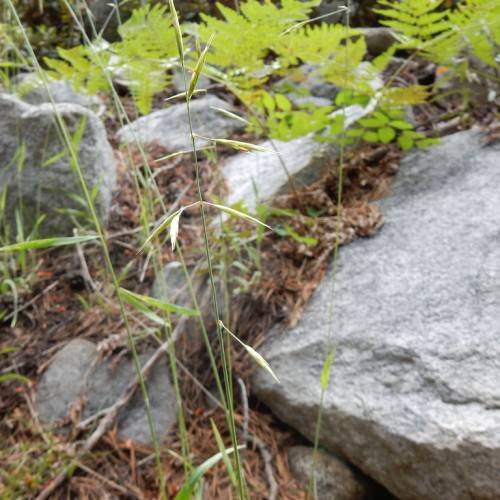
Orcutt's Brome
Bromus orcuttianus
Watering:
Minimal
Hardiness Zone:
Sun:
full sun,part shade
Leaf:
Yes
Growth Rate:
Low
Drought Tolerant:
Yes
Salt Tolerant:
Yes
Invasive:
Yes
watering
Mediterranean Brome should be watered deeply and often. The soil should be kept moist, but not saturated. During the warm months, it may need to be watered every few days, depending on sun intensity and soil drainage. During the cooler months, watering can be reduced to every other week or so. Mediterranean Brome will do best if the soil is allowed to dry out slightly between waterings. If the soil is kept too moist, it can lead to root rot or other fungal infections.
sunlight
Mediterranean Brome thrives best in a sunny climate, with full sun for the majority of the day. During the spring and summer months, the plant should receive 8-10 hours of sunlight, ideally during the middle of the day when the sun is the strongest. During the winter months, the plant should receive at least 6 hours of direct sunlight per day, although some light shade is preferred during the hottest parts of the day. Morning sun is particularly beneficial in the summer months, as it provides the warmth and intensity that the plant needs to stay healthy and productive.
pruning
Prune Mediterranean Brome twice a year—in early spring and late summer. In the spring, remove any dead or dying stems to promote leafy growth. You may also want to prune any flowers that have already withered in order to encourage better flowering next year. In late summer, do a more intense pruning to reduce the size of the foliage and control its growth. Cut back stems that have grown too tall or leafy and remove any dead or dying stems. Be careful not to prune too severely, as this could harm the plant.
